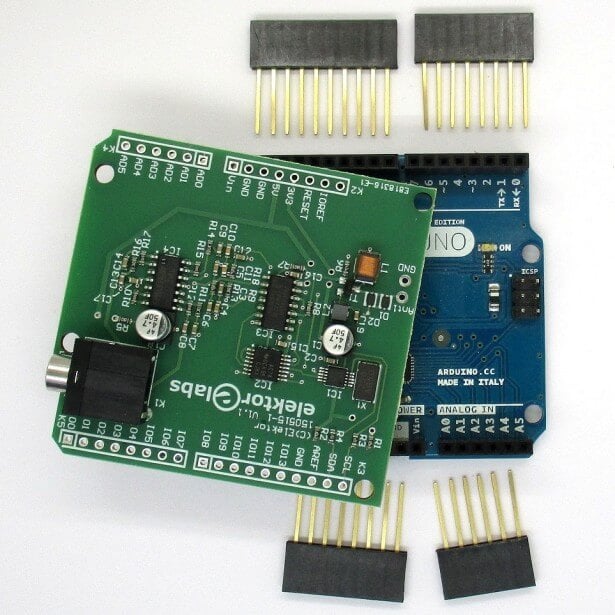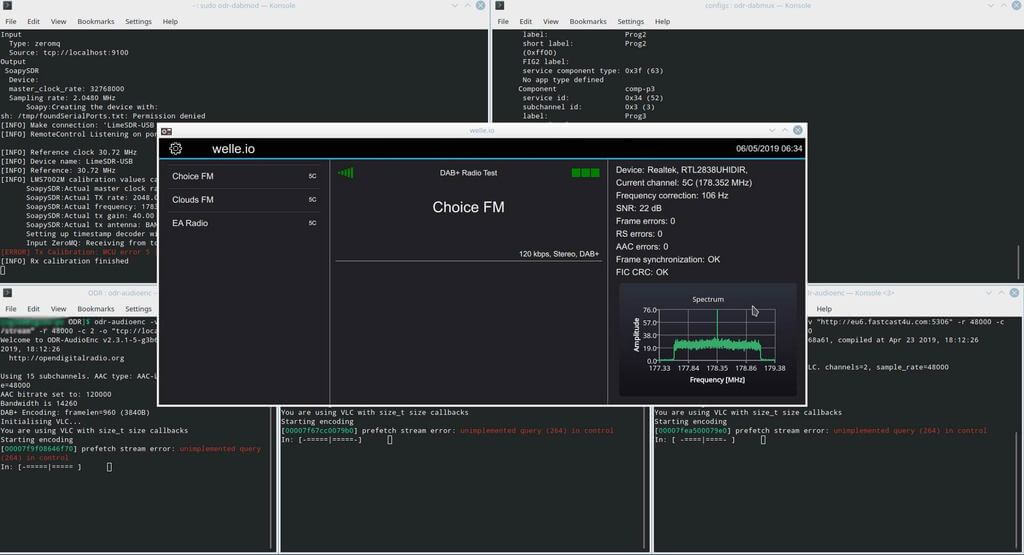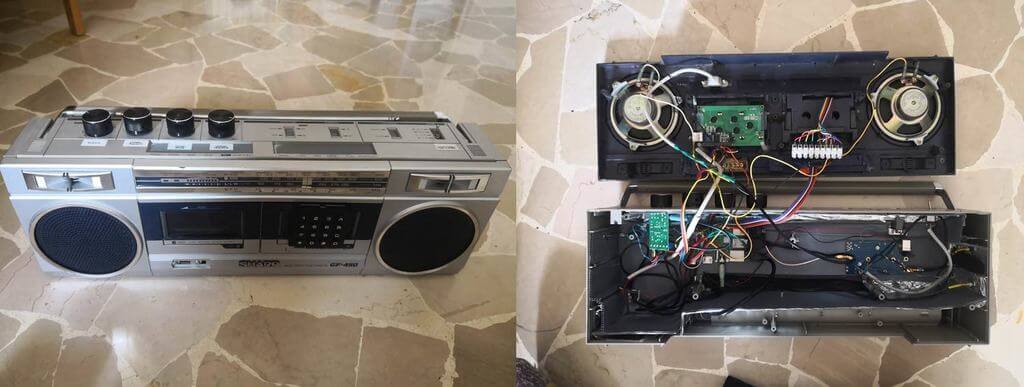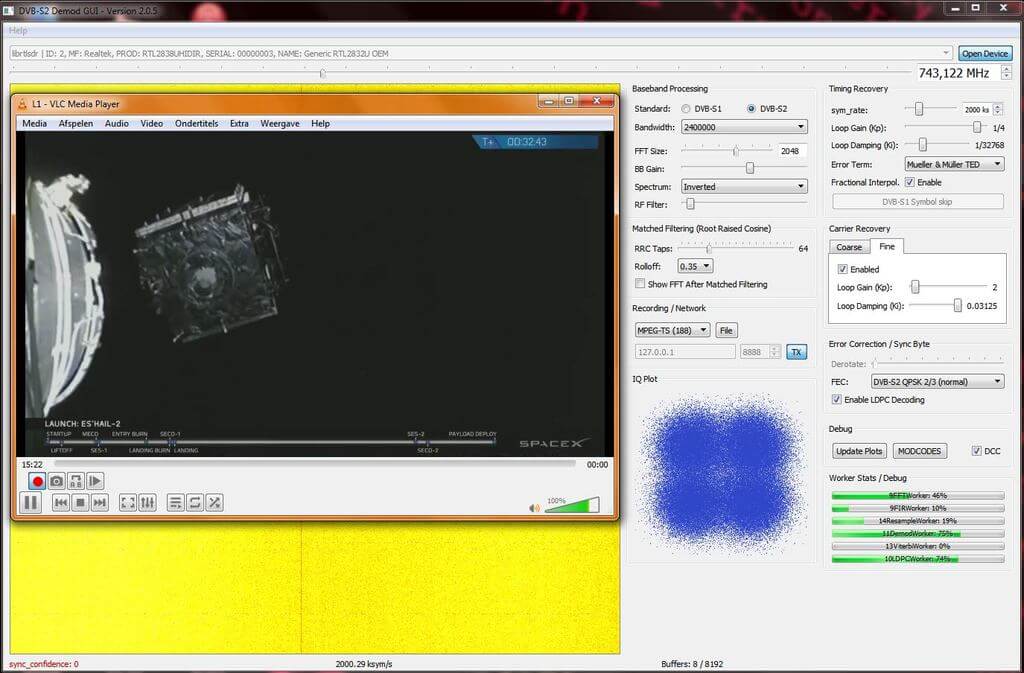Decoding EMWIN Weather Information VHF Rebroadcasts with an RTL-SDR
EMWIN is an acronym for Emergency Managers Weather Information Network, and is a service for emergency managers that provides weather forecasts, warnings, graphics and other information in real time. EMWIN is broadcast from geostationary NOAA GOES satellites, and if you have a GOES SDR receiver setup it is possible to receive and decode EMWIN data.
However, if you don't want to set up a GOES receiver, KD9IXX writes on his blog how he investigated EMWIN and found that 24/7 dedicated EMWIN VHF repeaters are common around the US. Having found an EMWIN repeater in his area at 163.37 MHz he used the TrueTTY decoder and was able to successfully decode the 1200 baud 8-bit ASCII encoded signal and receive weather text information. He notes that VHF EMWIN is an excellent source of non-internet based weather data that could be useful to anyone requiring weather data in emergency circumstances.





